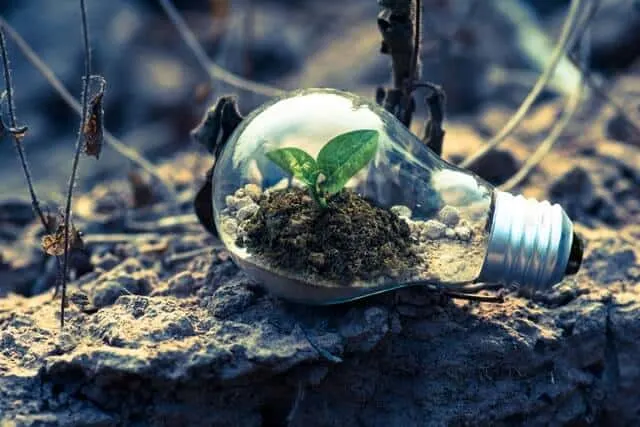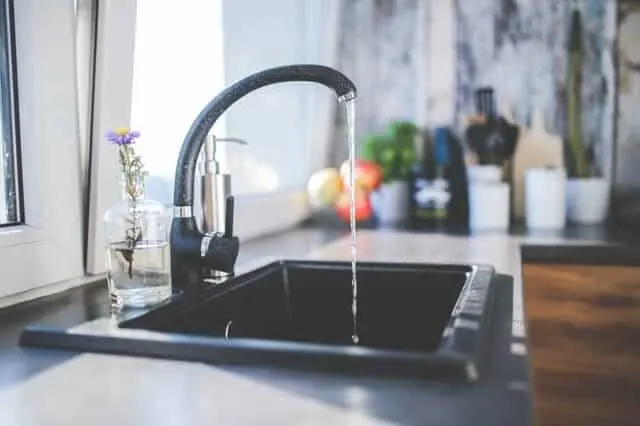Tips for Energy-Efficiency: These Changes Can Have a Major Impact on your Wallet, and we’ve got references to back them up!
Implementing small and manageable changes can have a big impact on your wallet when it comes to making your home more energy-efficient. Creating a more environmentally friendly and unwasteful household doesn’t need to take a lot of money or require a huge effort on your part as a homeowner.
There are dozens of simple steps that you can take on an everyday basis in order to save money and lead a more energy-efficient lifestyle. These include:
- Converting to LED bulbs
- Wash Clothes in Cold Water
- Unplug devices When They Are Not In Use
- Plant Shrubbery and Trees to Shield Your Home From Wind and Heat
- Replace Your Old Furnace
- Turn Back The Heat On Your Water Heater
- And lots more! (Read on)
These simple ideas are actionable steps you can take today that will not only result in tangible savings for you in the short and long term but will improve your overall carbon footprint for years to come!
Convert To LED Lighting

One of the easiest and most economical improvements you can make that will immediately begin to improve your home’s energy efficiency is to replace all your light bulbs with LED bulbs.
While you may not see many of the incandescent light bulbs most of us are used to for sale in stores anymore, many people are still using them throughout their home.
With the average house utilizing around 35-40 light bulbs, switching over to greener and more modern alternatives like these LED bulbs will not only lower your electric bill, but these bulbs are proven to last longer as well.
Did You Know? According to Energy.gov, LED lighting can use 75% less energy and last 25 times longer than those old incandescent bulbs.
Wash Clothes In Cold Water
Another quick fix to make your home immediately more energy-efficient is to start washing your clothes in cold water. The Environmental Protection Agency recommends washing in cold water, citing that about 90% of your laundry washing energy is used to heat the water, while only 10% is used to actually wash your clothes!
If you do a few loads of wash per week and switch to using cold water, this can dramatically cut water heating costs and result in significant savings for you in a matter of a few weeks.
Did You Know?Consumer
Unplug Unused Devices

Did you know that battery chargers for tablets, cell phones, laptop computers, and other electronic devices use energy when plugged in even if they aren’t in use? These “energy freeloaders” can account for as much as 5% of your utility bill. When not in use, unplug these devices and remember to promptly disconnect your phone, tablet, and laptop when they’ve reached their maximum charge.
These are just the tip of the iceberg. There are countless electronic devices in your home consuming energy right now even though they are not actively being used. If you want to learn how you can automate your energy savings, including putting a stop to these phantom energy wasters without the hassle of plugging and unplugging, be sure to read Automate Your Home Electricity Savings
Did You Know? Homeowners stand to save around $100 per year just by putting a stop to phantom energy consumption, according to
Plant Trees and Shrubbery
If landscaping is another home improvement on your radar, consider it an opportunity to not only reinvigorate your lawn, but also a fantastic way to improve your home’s energy efficiency. Plants and shrubbery are a great way to add shade to your home allowing your house to remain cooler in the summer and decrease your reliance on pricey air conditioning systems. On the other hand, you can use trees and large plants to act as windbreaks thus keeping your home warmer in the cold winter months. It may take a little planning on your part, but consider these additions when re-creating or upgrading your lawn.
Did You Know?Energy.gov notes that air temperatures under tree shade can be 25% cooler.
Replace That Old Furnace
If your furnace is more than 25 years old, replacing it with a more energy efficient system is an effective way to lower your heating and electric costs. While there is an upfront cost to buy and install a new furnace, this is an investment that will pay you with dividends in energy savings for years to come. How? Furnaces built before 1992 tend to not be as energy efficient and can waste up to 35 percent of the fuel they use.
Another good tip is to clean and replace air and heating filters on a regular basis. Dirty filters make your systems work harder, not better.
Did You Know?Energy Star reports that current Energy Star certified furnaces run 15% more efficiently than that old, conventional furnace.
Turn Back The Heat On Your Water Heater

Taking a couple minutes and checking the temperature on your water heater may give you quite a surprise. Many homeowners don’t realize how hot their water actual is, and may counter the hot temperature with cold water. Instead, take a moment and turn down the heat on your hot water tank to a warmer temperature around 120 degrees. This is a simple, quick and free step you can take to immediately start saving money.
Did You Know? According to the Department of Energy, water heating is responsible for around 18% of a homeowner’s energy use so it is worth your time to ensure that you are using this energy wisely.
Other Tips and Ideas
There may be things you do on a regular basis that turn your home from an energy efficient house to an energy zapper. The worst part is that you may not even realize you’re doing it! Simple things like using your dishwasher to dry dishes instead of letting them air dry, or opening your oven several times while cooking or baking letting heat out. These may seem minor but they add up to energy waste and higher energy bills.
And these costs can really add up over the years. Consider being more mindful of your actions when doing everyday tasks. Try to use natural light when possible and keep items that give off heat (TV, lamps) away from your thermostat. Adding solar shades, film to your windows and keeping your lights turned off when not in use are also easy and affordable ways to keep your home costs down while improving its energy efficiency.
Conclusion
Being a homeowner may seem overwhelming at times but even if you find yourself with an already long list of chores to tackle, becoming more energy-efficient should be at the top of that list.
Remember, being more energy efficient doesn’t start and stop at replacing your hot water heater or putting in new windows. It’s a process.
Taking a more proactive and present approach to your everyday chores and tasks around your home could end up saving you a lot of money in the long run. Basic everyday and easy steps that may not seem like a big deal at the moment could end up improving your bottom line and putting more money back in your wallet.
Consider taking an inventory of your home’s energy efficient status today, and implement the easy changes that you feel will work best for you and your home.
To get control of your high electricity bill once and for all, check out Why Is My Electric Bill So High? Here’s The Answer!
As a homeowner, I am constantly experimenting with making the structure of my house more energy-efficient, eliminating pests, and taking on DIY home improvement projects. Over the past two decades, my family has rehabbed houses and contracted new home builds and I’ve learned a lot along the way. I share my hard-learned lessons so that you can save time and money by not repeating my mistakes.

